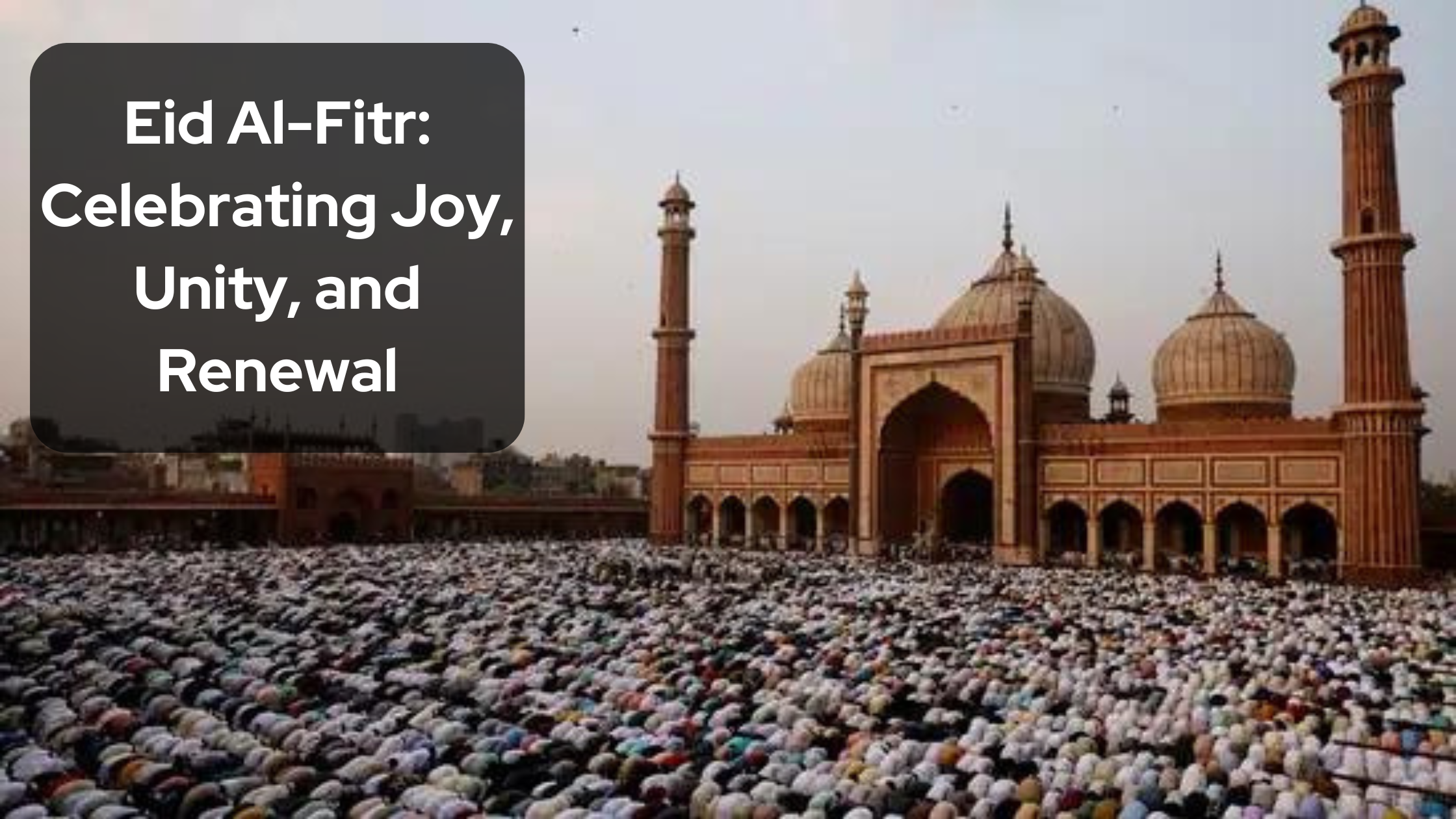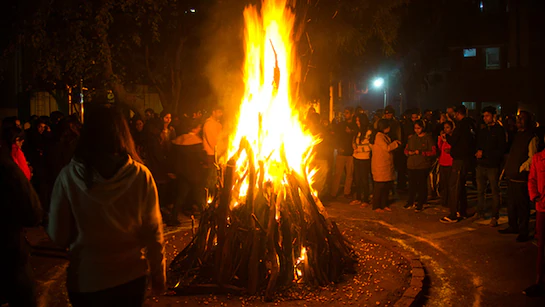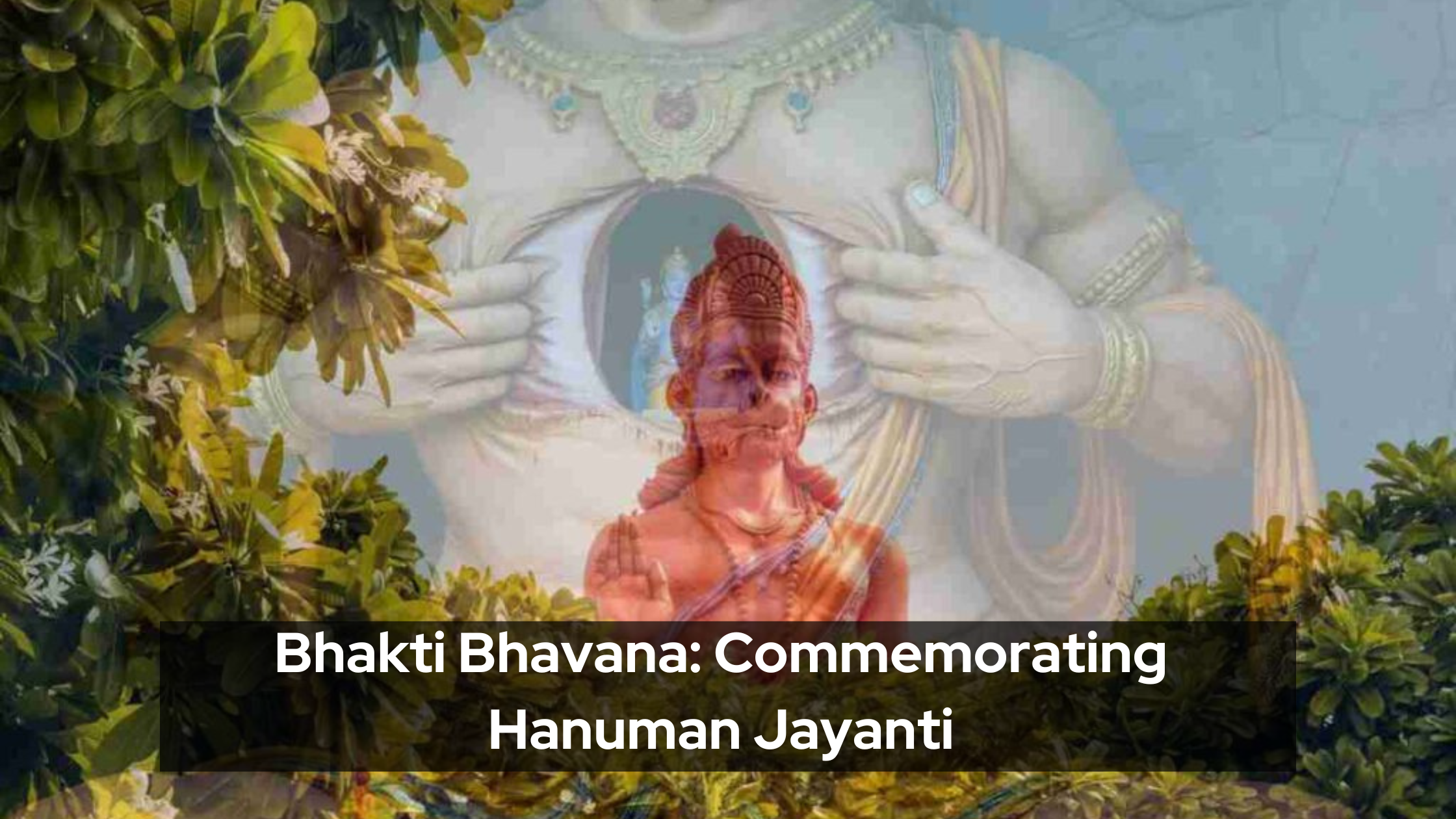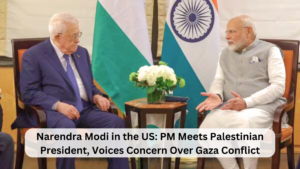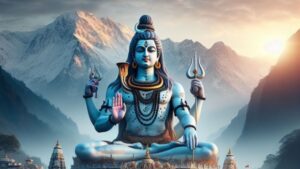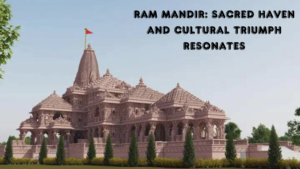Eid Al-Fitr: Celebrating Joy, Unity, and Renewal
The Arabic phrase “festival of breaking of the fast” is Eid-Al-Fitr, or just Eid as it is most often known. It occurs in the month of Shawwal and is the most significant religious event in the Islamic calendar. Eid is the day when this strict fasting routine is broken after a month-long fast known as Ramadan. The precise day of celebration varies by location because the start of each lunar Hijri month is determined by the local religious authorities based on their observation of the new moon.
Muslims celebrate Eid, also known as Eid Ul Fitr, as a significant religious occasion both in Iran and globally. After a month of strict Ramadan fasting, Eid is a unique occasion for the people of Iran. At last, they can rejoice. Ramadan requires not only fasting but also praying and abiding by the Qur’anic teachings. Eid Al Fitr, which is celebrated with great enthusiasm and fervor throughout Iran and the rest of the world, occurs at the end of this holy month. There are many aspects of the celebrations, which we shall cover in more detail later in this post.
Legend has it that when Prophet Muhammad came in the city of Madinath, he discovered that people had been partying for two days, engaging in a variety of entertainment and revelry. When inquired about the cause of the festivities, the locals replied that they were meant to be a refreshment and pleasant way to remember the days of Jahilliyah. According to the prophet Muhammad, there are two days designated as public holidays by Allah: Eid-Al-Fitr and Eid-Al-Adha.
These celebrations were mentioned in Arabian nations even prior to the arrival of Islam. The Israelites celebrated festivals in a similar way. Since the majority of people say or think that the origin of Eid occurred when Prophet Muhammad moved from Mecca to Madinath, we might consider this period of time to be its beginning.
Since Eid-Al-Adha, the other Eid, is a four-day festival known as “Greater Eid,” Eid-Al-Fitr is a day-long celebration that is also known as the “Smaller Eid.” The fundamental idea of each of these Eid celebrations is still being gratefulness to Allah.
Why Is Eid Held Every Year?
Below is a summary of the three main causes for commemorating Eid-Al-Fitr:
- Expressing thanks to God for providing unwavering guidance during the month of Ramadan.
- Visiting a mosque, where one should pray five times a day and beg God’s pardon.
- “Zakat-Al-Fitr” is the name of the charitable act that is performed for the underprivileged and impoverished.
After the arduous 30-day fast during Ramadan, the ninth month of the Islamic calendar, this Eid is mostly a feast day. In addition, this month and the celebration of Eid represent the accomplishment of spiritual virtues and communion with the divine spirit, which are typified by selflessness, sacrifice, and kindness. One develops self-control and becomes modest via fasting, prayer, and almsgiving.
One must abstain from eating, drink, and sexual activity in order to observe this fast. Giving up one’s basic and sensual needs and desires actually strengthens a person by fostering virtues like self-discipline, self-righteousness, and self-control. In this month dedicated to genuine devotion, people learn to find contentment in the little things in life. Additionally, one refrains from using profanity or slang terms. Entertainment in the forms of music, TV, movies, dancing, or singing is prohibited since it diverts attention from the thoughts of God.
The only people who are excluded from this fasting are athletes, elderly people, those with tough diseases like diabetes or asthma, pregnant women, and kids. However, whether or not a person should fast again depends on their beliefs and body type. Some families choose to let their kids keep a half-fast so that they can be exposed to the holiday at an early age.
Most Famous Eid Food
After a month of fasting, Eid is incomplete without an abundance of delicious treats. If you happen to be in the vicinity, we have compiled a list of Must-Try Iranian Eid Foods below.
- Shirini-Eid: Made with components like rosewater, saffron, and almonds, Shirini-Eid is a traditional Iranian pastry. Without this customary dish, the Eid celebration would be meaningless.
- Sheer Khurma: Billionaires all over the world like this delicacy, which is not just well-known in Iran. This dish is prepared with dry fruits, vermicelli, cardamom, and saffron. On Eid, the Iranians undoubtedly like this decadent treat.
- Qorma Sabzi: A tasty stew cooked with a variety of fresh herbs, lamb or beef, and kidney beans, Qorma Sabzi is a staple of Iranian Eid feasts. The meat in this exquisite meal is soft and the flavor is tantalizing since it is slow-cooked to perfection.
- Rice and fish are eaten together in a classic Iranian dish called Sabzi Polo ba Mahi. It differs from all other rice and fish recipes in the manner that the fish is cooked.
- Sohan-e Qom: A classic saffron biscuit composed with wheat, sugar, butter, and almonds, Sohan-e Qom is a must-have for any Iranian Eid celebration. This crispy biscuit is frequently given as a symbol of affection and goodwill to friends and relatives.
Read More: Cinnamon: Wellness Wonders, Watch for Potential Caveats
